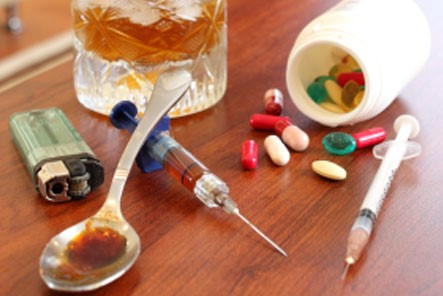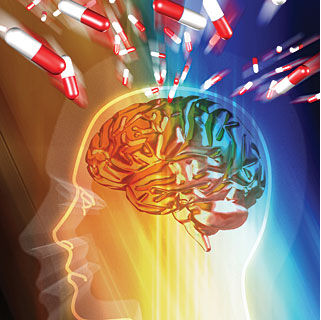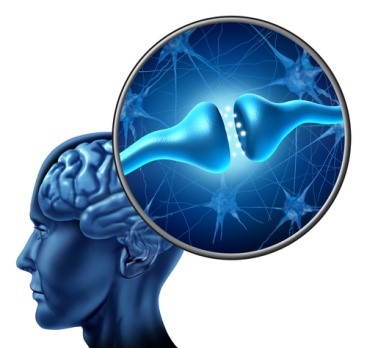Chapter 11: Adiction
In this Chapter
Brain Tumors
1Drug abuse is one of the nation’s most serious health problems. About 9 percent of Americans, more than 22 million people, abuse drugs on a regular basis. Drug abuse, including alcohol and nicotine, is estimated to cost the United States more than $600 billion each year.
2If continued long enough, drug abuse can eventually alter the very structure and chemical make-up of the brain, producing a true brain disorder. This disorder is called drug addiction or drug dependence. Drug addiction is characterized by a pathological desire for drugs, such that drug-seeking and drug-taking behaviors occupy an inordinate amount of an individual’s time and thoughts, at the expense of other activities. These behaviors persist despite many adverse consequences. Addiction is also characterized by difficulty controlling frequency of use and terminating use, despite a stated desire to do so.

3People initially experiment with drugs for many different reasons, a key one being that most drugs of abuse produce feelings of pleasure or remove feelings of stress and emotional pain. Neuroscientists have found that almost all abused drugs produce pleasure by activating a specific network of neurons called the brain reward system. The circuit is normally involved in an important type of learning that helps us stay alive. It evolved to mediate the pleasurable and motivating effects of natural reward, such as eating when we are hungry or drinking when we are thirsty. Indeed, when a reward produces feelings of pleasure, we learn to repeat the actions that got us the reward in the first place. Drugs can activate this same system, thus promoting continued drug use.
4Neuroscientists have learned a great deal about how drugs of abuse affect neurons to exert their influence. Abused drugs alter the ways neurotransmitters carry their messages from neuron to neuron. Some drugs mimicneurotransmitters, while others block them. Still others alter the way neurotransmitters are released or inactivated. Ultimately, in all cases, the brain reward system is activated inappropriately because drugs alter the chemical messages sent among neurons in this circuit.

5Finally, neuroscientists have learned that addiction requires more than the activation of the brain reward system. Over the past 20 years or so, research has indicated that the drugs themselves change the brain of susceptible individuals in complex ways, leading to symptoms of addiction. In addition to the brain reward system, brain regions that are changed by drugs include those involved in executive functions and judgment. These latter brain systems are important in inhibiting behavior and in decision-making.
6The process of becoming addicted is influenced by many factors that scientists are only beginning to understand. Motivation for drug use is an important one. For example, people who take opioids to get high may get addicted, but people who use them properly to relieve pain rarely do. Genetic susceptibility and environmental factors, such as stress, can alter the way that people respond to drugs. The characteristics of the drugs themselves, such as how quickly they enter the brain, also play a role in addiction. In addition, the development of tolerance — the progressive need for a higher drug dose to achieve the same effect — varies in different people, as does drug dependence — the adaptive physiological state that results in withdrawal when drug use stops. Tolerance and dependence are standard responses of the brain and body to drugs. At the same time, the individual is starting to feel that it is impossible to live without a drug. When this feeling starts to grow, it means that the person is developing a motivational form of dependence as well.
7An important question for addiction research is to understand how these many factors interact to predispose individuals to addiction. The hope is that the knowledge and insight into abuse and addiction that emerge from this research will lead to new therapies.

